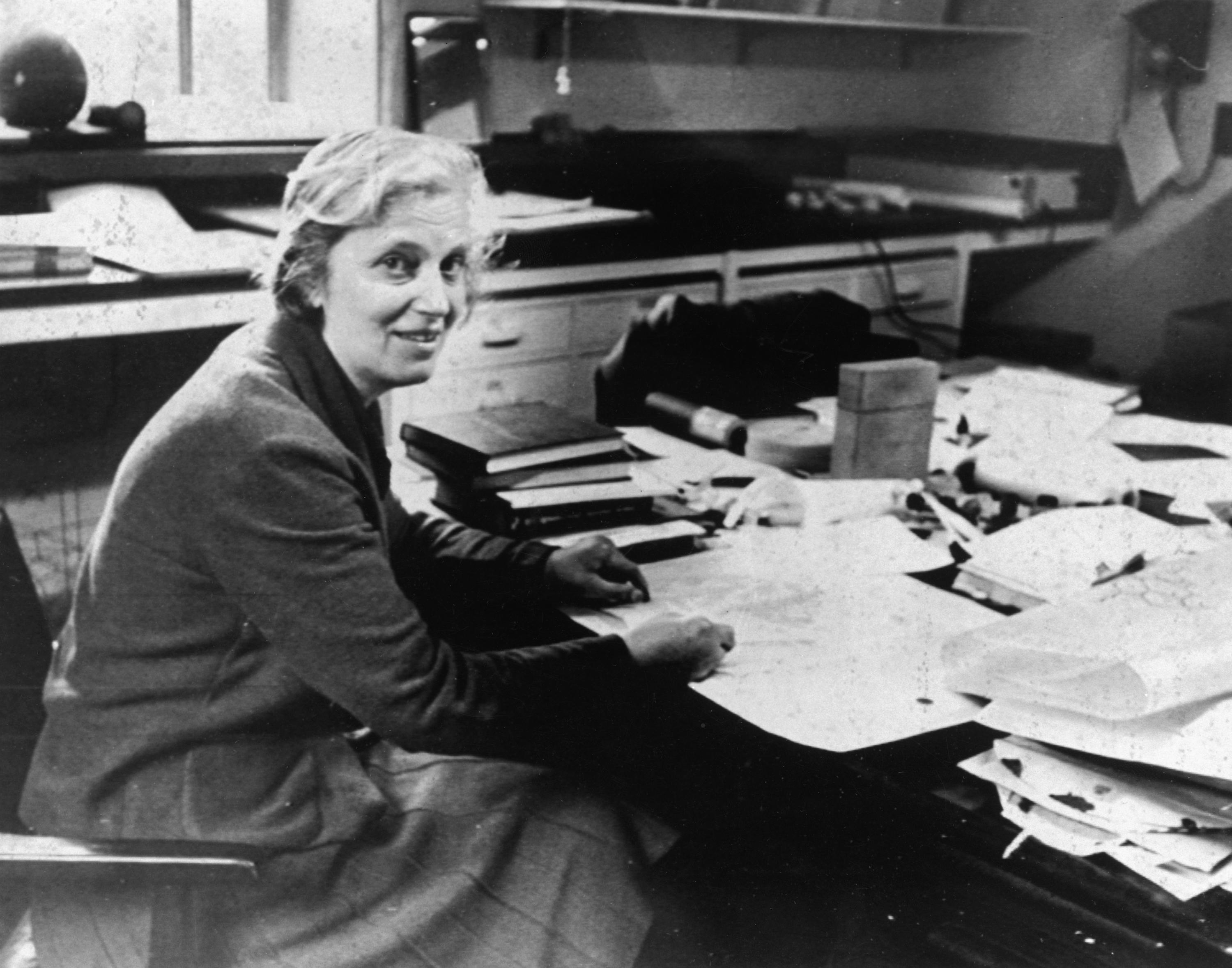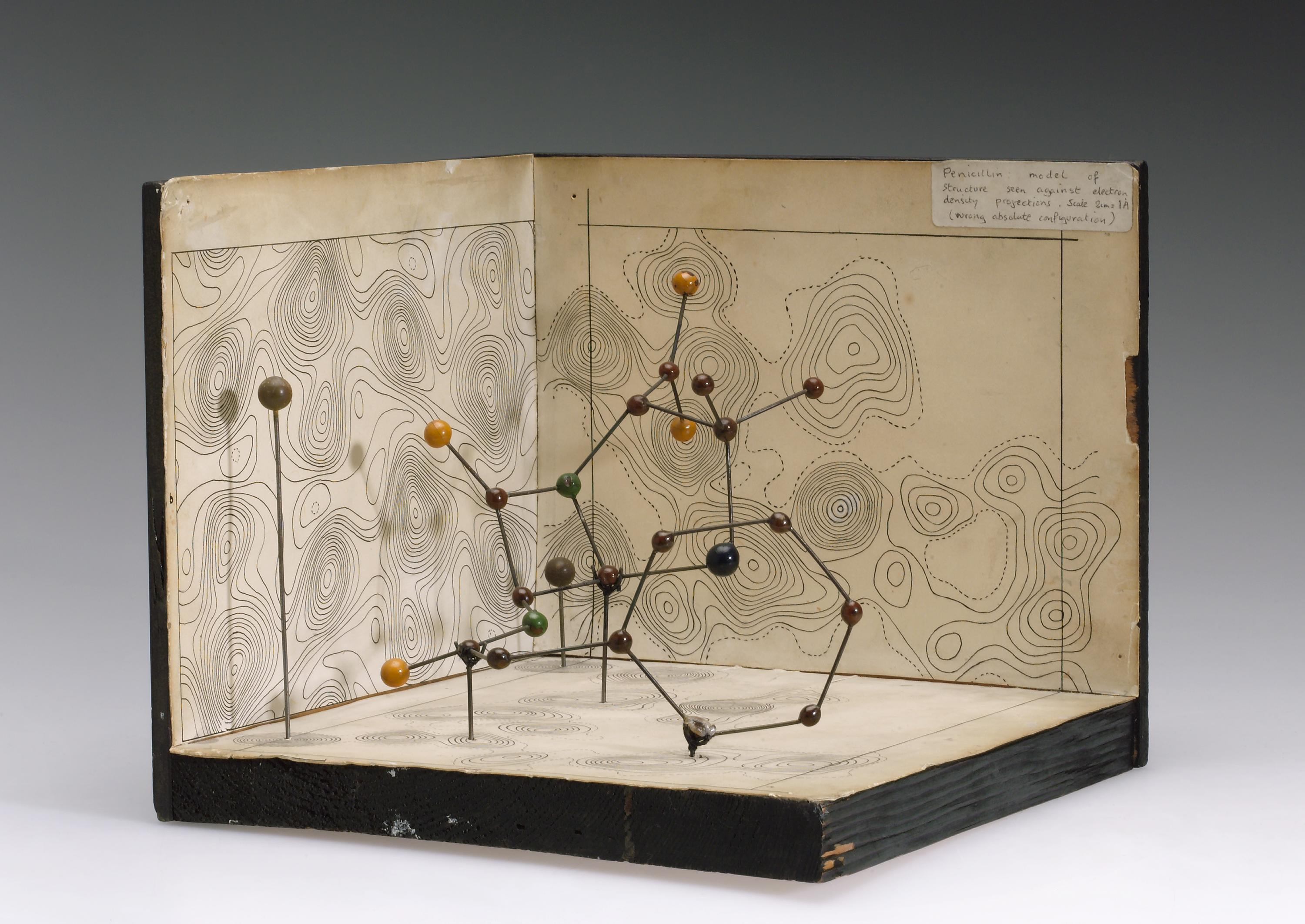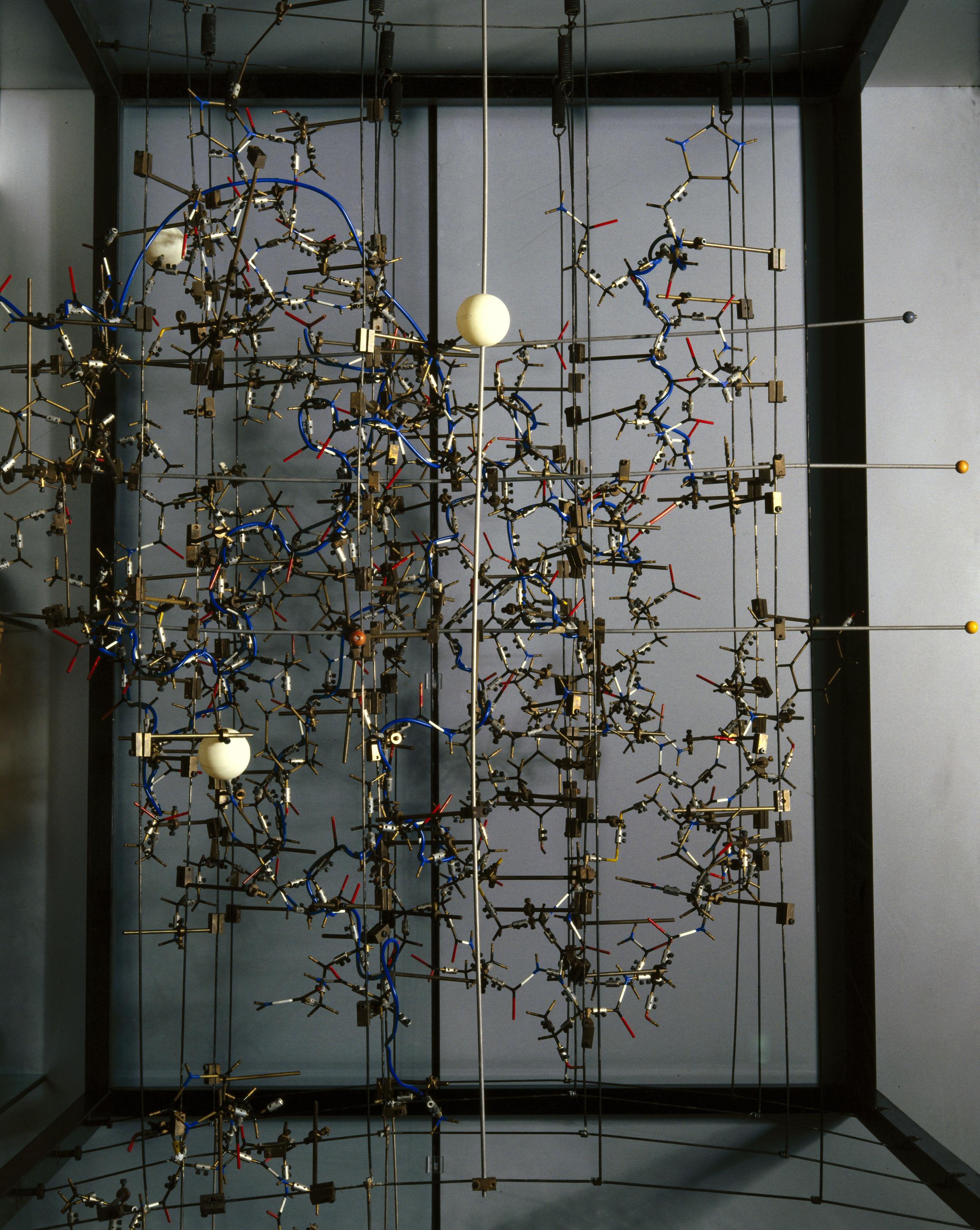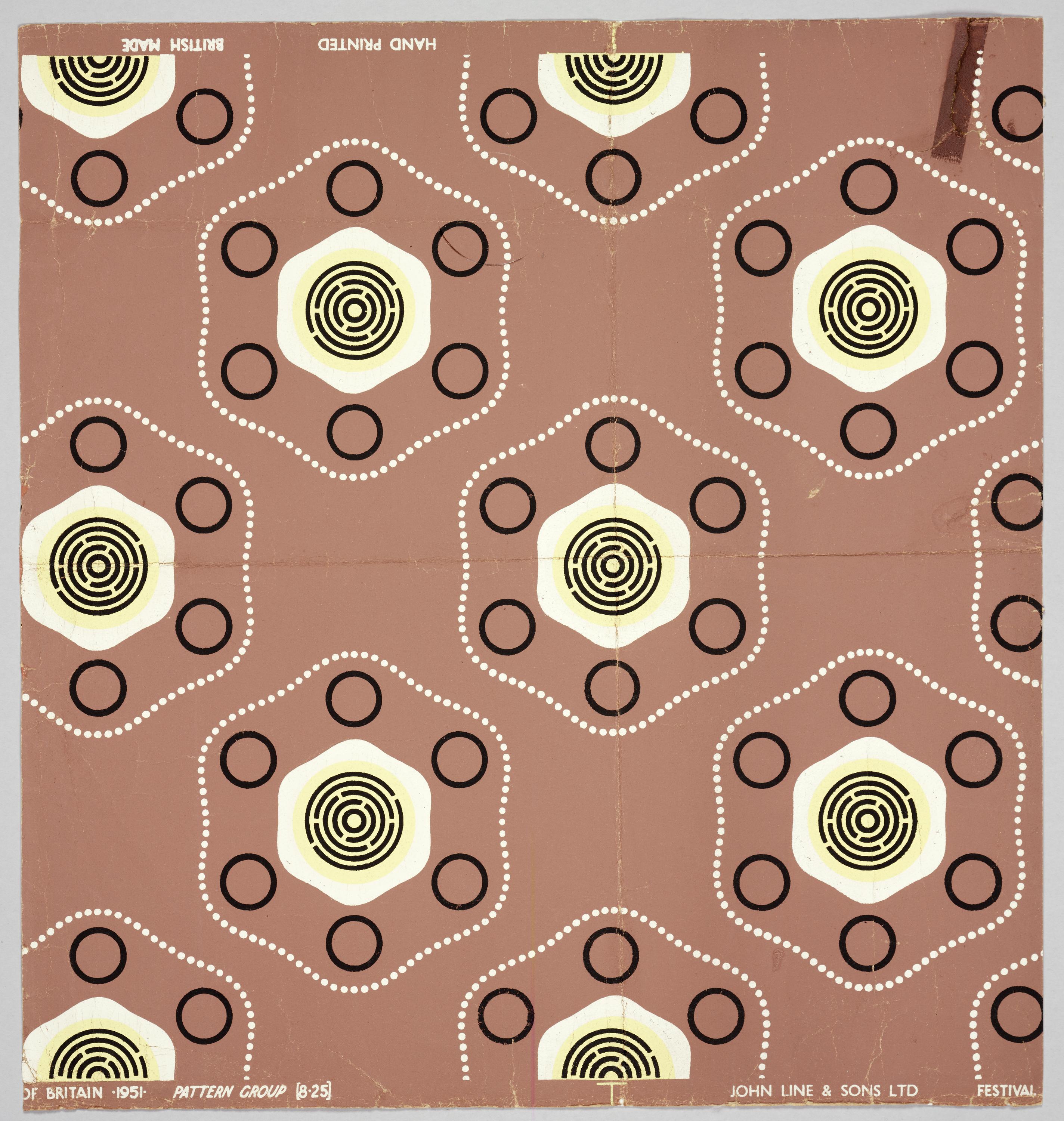There was a chemist named Dorothy,
On crystal structure, an authority.
Into crystals she did delve,
solving vitamin B12,
before insulin became her priority.
This doggerel is the result of two coinciding anniversaries: National Limerick Day (of course), celebrating the birth of poet Edward Lear in 1812 and – 98 years on – the birth of celebrated crystallographer Dorothy Crowfoot Hodgkin.

Dorothy Crowfoot’s early interest in chemistry was encouraged from a young age. While at school she set up a small laboratory in her attic, acquiring chemicals from her local pharmacist, and studying the texts of William Henry Bragg’s Royal Institution Christmas Lectures from 1923 and 1925.
William Bragg and his son (William) Lawrence had already established the foundations of x-ray crystallography in 1912, a technique that involved bombarding crystals with x-rays to reveal their molecular structure. Crowfoot would specialise in crystallography during her undergraduate degree in chemistry at Oxford.
Although science was generally male-dominated at the time, crystallography was an area particularly open to women. This was partly owing to the practice established by William Bragg – among his 18 research students, 11 were women.
Crowfoot would study crystallography at Cambridge under one of Bragg’s students, the somewhat infamous Marxist John Desmond Bernal. Bernal became Crowfoot’s scientific and political mentor, as well as love interest until she married in 1937 Thomas Lionel Hodgkin, a civil servant in Palestine and later historian of Africa.
On VE day in 1945 Dorothy Crowfoot Hodgkin completed the first in a series of major scientific accomplishments: the confirmation of the structure of penicillin, the hugely useful mould for fighting bacterial infection. Bowing to social pressure, she gave her married name, Dorothy Crowfoot Hodgkin, to her big publication on penicillin in 1949.

The next molecule she tackled was vitamin B12, a hugely complex structure of 100 atoms. When Crowfoot Hodgkin’s Oxford team solved it in 1957, Lawrence Bragg described her achievement as the equivalent of ‘breaking the sound barrier’.
Accolades poured in. The Royal Society awarded Crowfoot Hodgkin the Royal Medal in 1957. She then won the 1964 Nobel Prize in Chemistry and remains the only British woman to win a science Nobel. In 1965 she was presented with the Order of Merit, the second ever female recipient after Florence Nightingale 58 years earlier.
But Crowfoot Hodgkin’s crowning achievement in science was yet to come… After over three decades of painstaking analysis, she determined the three-dimensional structure of insulin, the hormone that helps the body absorb glucose. She would travel the world giving talks on its importance for diabetes.

Her achievements are all the more remarkable given she carried out such delicate and precise work with her hands having suffered from acute arthritis since 1938. The artist Henry Moore was so inspired that he made her hands the subject of a series of lithograph drawings in 1978.
A key part of Crowfoot Hodgkin’s work was visualising molecules. Her insulin diagrams even became the inspiration for a series of designs for the Festival of Britain, from dress fabric to wallpaper.

Crowfoot Hodgkin was also a political campaigner, involved in the Communist Party of Great Britain, the Campaign for Nuclear Disarmament and the British Society for Social Responsibility in Science.
Fittingly for National Limerick Day, Crowfoot Hodgkin had a keen interest in poetry. She was required to memorise swathes of Tennyson and Browning. Kipling would be her poetry of choice when reading to her children, such as one of the most famous poems in popular culture, ‘If’, as recited here by Harvey Keitel to Elgar in a vintage bank advert.
We’d love to hear your scientific limericks in the comments below!